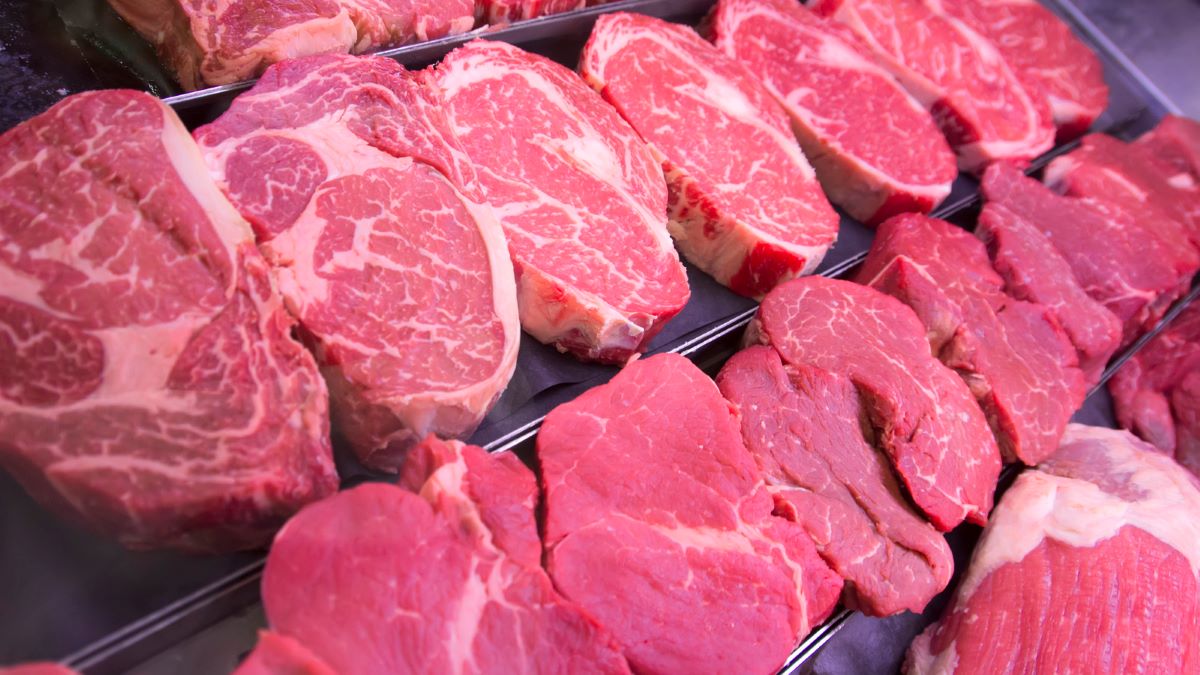

Articles
How To Store Beef
Modified: February 23, 2024
Looking for articles on how to store beef? Learn the best methods to keep your beef fresh and flavorful for longer periods in our informative guide.
(Many of the links in this article redirect to a specific reviewed product. Your purchase of these products through affiliate links helps to generate commission for Storables.com, at no extra cost. Learn more)
Introduction
When it comes to storing beef, proper techniques are essential to ensure the meat retains its quality, flavor, and safety for consumption. Whether you purchased beef in bulk, received it as a gift, or have leftovers from a delicious steak dinner, knowing how to store beef correctly will help to minimize waste and maximize freshness.
Understanding the principles of beef storage is vital for preserving the meat’s taste and texture. Factors such as temperature, packaging, and storage time can significantly impact the quality of the beef. In this article, we will guide you through the process of storing beef, whether in the refrigerator or freezer, and provide you with some valuable tips to keep your meat fresh and delicious.
Key Takeaways:
- Proper beef storage involves maintaining consistent temperatures, choosing the right packaging, and practicing proper thawing methods. Labeling and organizing your beef inventory are crucial for freshness and safety.
- Whether in the refrigerator or freezer, proper beef storage ensures maximum freshness and flavor. Utilize airtight containers, follow FIFO, and practice safe thawing methods for delicious, safe meals.
Read more: How To Store Beef Stew
Understanding Beef Storage
Before diving into the specifics of how to store beef, it’s important to understand the basics of beef storage. Beef is a perishable food item and must be stored in proper conditions to prevent bacterial growth, maintain freshness, and avoid spoilage.
One key factor to consider is temperature. The ideal storage temperature for fresh beef is between 32°F (0°C) and 40°F (4°C). At this temperature range, the growth of bacteria is slowed down, preserving the quality of the meat. However, it’s important to note that different cuts of beef may have slightly different storage requirements. For instance, ground beef may need to be kept at a slightly lower temperature to prevent bacterial growth.
Another crucial aspect is the packaging. Proper packaging not only helps to extend the shelf life of beef but also prevents contamination and freezer burn. When purchasing beef from a store or butcher, it is typically wrapped in plastic or placed in a tray with plastic wrap. It is recommended to leave the original packaging intact until you are ready to use the beef. If the original packaging is damaged or inadequate, consider transferring the meat to an airtight container or wrapping it tightly in plastic wrap or aluminum foil.
Understanding the shelf life of beef is also important. Fresh beef can be stored in the refrigerator for 1-2 days, while ground beef should be used within 1-2 days. If you want to keep beef for a longer period, freezing is the best option. Properly frozen beef can last for several months without significant quality degradation.
Lastly, always consider the quality of the beef before storing it. If the meat appears discolored, has a foul odor, or feels slimy, it may be spoiled. In such cases, it is best to discard the beef and avoid consuming it, as it could cause foodborne illnesses.
Choosing the Right Packaging
Selecting the appropriate packaging for storing beef is crucial to maintain its quality and prevent contamination. When choosing the right packaging, consider the following options:
- Original Packaging: If the beef you purchased is already sealed in airtight packaging, such as vacuum-sealed plastic, it is best to leave it as is until you are ready to use it. This type of packaging helps to preserve the meat’s freshness and prevents any cross-contamination from other foods in the refrigerator or freezer.
- Airtight Containers: If the original packaging is compromised or you prefer to store the beef in a sturdier container, consider using airtight containers made of plastic or glass. These containers should have secure lids to prevent any air from entering and avoid any potential transfer of odors from other foods.
- Plastic Wrap or Aluminum Foil: If you don’t have airtight containers, you can wrap the beef tightly in plastic wrap or aluminum foil. Ensure that all exposed surfaces are covered to prevent dehydration and freezer burn.
- Freezer Bags or Ziplock Bags: Freezer bags or ziplock bags are another excellent option for storing beef, especially if you plan to freeze it. Ensure that the bags are labeled and sealed properly to prevent any leakage and maintain the meat’s quality.
Regardless of the packaging option you choose, it is crucial to use materials that are specifically designed for food storage. These materials are durable, moisture-resistant, and help maintain the meat’s freshness and flavor.
Remember to label the packaging with the current date before storing it. This practice will help you keep track of the beef’s age and determine its freshness when it’s time to use it.
Storing Beef in the Refrigerator
When it comes to storing beef in the refrigerator, maintaining a consistent temperature and preventing cross-contamination are crucial. Follow these guidelines to ensure the optimal storage of beef in your refrigerator:
- Temperature: Set your refrigerator temperature between 32°F (0°C) and 40°F (4°C). This temperature range slows down bacterial growth and helps to preserve the quality of the beef. Use a refrigerator thermometer to ensure accurate temperature control.
- Original Packaging: If the beef is still in its original packaging and unopened, you can store it in the refrigerator as is. Place it on a plate or tray to catch any potential juices that may leak.
- Repackaging: If you need to repackage the beef, ensure that it is wrapped tightly in plastic wrap or placed in an airtight container. This prevents any exposure to air and minimizes the risk of cross-contamination with other foods.
- Storage Time: Fresh beef can be stored in the refrigerator for 1-2 days. Ground beef should be used within 1-2 days to ensure safety and optimal taste. It is important not to keep beef in the refrigerator for too long, as it can lead to spoilage and potential foodborne illnesses.
- Storage Location: Place the beef in the coldest part of the refrigerator, typically the bottom shelf or the meat compartment. This helps maintain a consistently low temperature and minimizes the risk of any cross-contamination from raw meat juices.
- Separate from Other Foods: Always store beef separately from other foods, especially ready-to-eat items, to avoid cross-contamination. Place it on a separate shelf or in a sealed container to prevent any potential contact.
It’s essential to regularly check the beef for any signs of spoilage, such as discoloration, foul odor, or sliminess. If you notice any of these signs, it is best to discard the beef to avoid potential foodborne illnesses.
Remember to use the first-in, first-out (FIFO) method, where you rotate the beef so that the oldest items are used first. This helps to ensure that no beef gets forgotten and left to spoil in the refrigerator.
Storing Beef in the Freezer
Freezing beef is an excellent method to extend its shelf life and preserve its quality for a longer period. To store beef in the freezer effectively, follow these guidelines:
- Proper Packaging: Ensure that the beef is properly packaged to prevent freezer burn and maintain its freshness. Use airtight containers, freezer bags, or heavy-duty aluminum foil to wrap the beef securely. Remove as much air as possible before sealing the packaging to prevent freezer burn.
- Labeling: Label the packaging with the current date before placing it in the freezer. This practice allows you to keep track of the beef’s age and use the oldest items first.
- Storage Time: Beef can be stored in the freezer for several months without significant loss of quality. However, for optimal taste and texture, it is recommended to consume frozen beef within 3-6 months. Ground beef should be used within 3-4 months.
- Storage Location: Place the beef in the coldest part of the freezer, such as the back or bottom shelf, to ensure consistent freezing temperatures.
- Organize the Freezer: Arrange the beef neatly in the freezer to maximize space and ensure easy access. Consider utilizing freezer-safe storage bins or dividers to keep different cuts or portions separate.
- Do Not Refreeze: Once the beef is thawed, it should not be refrozen. Only thaw the amount needed for immediate use to avoid waste and maintain quality.
When freezing beef, it’s essential to consider the quality of the meat before freezing. If the beef is close to its expiration date or already showing signs of spoilage, it is best to cook it thoroughly and consume it immediately instead of freezing.
To thaw the frozen beef, it is best to transfer it to the refrigerator and allow it to thaw slowly. This method ensures even thawing and minimizes the risk of bacterial growth. Alternatively, you can use the microwave defrosting option or place the beef in a waterproof bag and submerge it in cold water, changing the water every 30 minutes.
Remember to always thaw beef in the refrigerator or using approved thawing methods. Leaving it at room temperature for an extended period can lead to bacterial growth and compromise its safety.
Store beef in the coldest part of the refrigerator, ideally below 40°F (4°C). Keep it in its original packaging or rewrap it tightly in plastic wrap or aluminum foil to prevent air exposure and freezer burn.
Read more: How To Store Raw Beef
Keeping Track of Storage Dates
Keeping track of storage dates is essential when it comes to properly managing your beef inventory and ensuring its freshness. Here are some methods to help you stay organized and prevent any potential waste or consumption of expired beef:
- Labeling: Label each package of beef with the date it was stored. Use a waterproof pen or marker to write the date on the packaging, ensuring it is clear and visible. This allows you to easily identify the oldest items and use them first.
- First-In, First-Out (FIFO): Follow the first-in, first-out method to rotate your beef inventory. This means using the oldest packages of beef before the newer ones. By doing so, you ensure that no beef gets forgotten and left unused for an extended period, reducing the risk of spoilage.
- Inventory List: Create an inventory list or spreadsheet to keep track of your beef storage. Include details such as the cut of beef, the storage date, the quantity, and any additional notes or remarks. Update the list regularly, and make sure it is easily accessible.
- Organized Storage: Keep your beef storage area organized to facilitate easy access and visibility. Regularly rearrange the packages to ensure the oldest items are in front and visible. This helps to prevent any accidental oversight and ensures proper rotation.
- Reminders and Alarms: Use reminders and set alarms to alert yourself when certain packages of beef are nearing their expiration dates. This can help prompt you to plan meals accordingly and ensure that the beef is used before it reaches its limit.
- Regular Inspection: Regularly inspect your beef inventory for any signs of spoilage, such as discoloration, foul odor, or sliminess. If you notice any of these signs, it’s important to discard the beef immediately to prevent foodborne illnesses.
By implementing these methods, you can effectively manage your beef storage and reduce the risk of consuming expired or spoiled beef. This not only helps to ensure food safety but also prevents unnecessary waste.
Defrosting Frozen Beef
Properly defrosting frozen beef is crucial to ensure even thawing and maintain its quality and safety. Here are some methods for defrosting frozen beef effectively:
- Refrigerator Thawing: The best and safest method for thawing frozen beef is to transfer it from the freezer to the refrigerator. Place the sealed or wrapped beef on a plate or tray to catch any potential drippings. Allow the beef to thaw slowly in the refrigerator over a period of 24 to 48 hours, depending on its size and thickness. This method ensures even thawing and minimizes the risk of bacterial growth.
- Microwave Thawing: If you need to defrost smaller cuts of beef quickly, you can use the microwave’s defrost setting. Follow the manufacturer’s instructions for defrosting times and power levels. Be cautious, as improper microwave thawing can lead to partial cooking of the beef, resulting in uneven texture.
- Cold Water Thawing: For faster thawing, you can use the cold water method. Place the frozen beef in a waterproof bag or wrap it tightly in plastic wrap. Submerge the beef in a basin or sink filled with cold water. Ensure that the water remains cold by changing it every 30 minutes. Thawing time will vary depending on the size of the beef, but as a general guideline, plan for approximately 30 minutes per pound.
- Cooking from Frozen: In certain situations, such as for thin cuts of beef or when time is limited, it is possible to cook frozen beef without prior thawing. However, this method may require adjustments to cooking time and temperature. It is important to note that cooking from frozen may result in less even cooking and a longer cooking time.
Regardless of the thawing method used, it is essential to cook the beef immediately after it has thawed to ensure food safety. Avoid refreezing beef that has been thawed, as this can lead to a loss of quality and potential bacterial growth.
When using any thawing method, always follow proper food safety practices. It is crucial to keep raw beef separate from other foods, clean surfaces and utensils thoroughly after contact with raw beef, and wash hands before and after handling the meat to prevent cross-contamination.
Remember that the defrosting time will vary depending on the size and thickness of the beef. It’s important to plan ahead and allow sufficient time for proper thawing to ensure flavorful and safely cooked beef.
Tips for Proper Beef Storage
To ensure that your beef stays fresh, flavorful, and safe to consume, following these tips for proper beef storage is essential:
- Keep Refrigerator Clean: Regularly clean and sanitize your refrigerator to prevent the growth of bacteria and minimize any potential cross-contamination.
- Wrap and Seal Properly: Whether storing beef in the refrigerator or freezer, make sure to wrap it tightly in plastic wrap or place it in airtight containers to prevent air exposure and freezer burn.
- Avoid Overpacking: Do not overcrowd your refrigerator or freezer. Proper air circulation is crucial to maintain a consistent and low temperature.
- Never Thaw at Room Temperature: Avoid thawing beef at room temperature, as this promotes bacterial growth. Always use appropriate thawing methods like refrigerator thawing or cold water thawing.
- Separate Raw and Cooked Beef: Keep raw and cooked beef separate to prevent cross-contamination. Store them in separate containers or use plastic bags to avoid contact.
- Use Fresh Ingredients: When marinating beef, make sure to use fresh ingredients and avoid reusing marinades that have come into contact with raw meat to prevent bacterial contamination.
- Label and Date: Label each package of beef with the date it was stored to keep track of its freshness and use the oldest items first.
- Utilize Freezer Features: If your freezer has adjustable temperature or humidity settings, utilize them to create the ideal conditions for beef storage. Consult the freezer’s user manual for specific instructions.
- Properly Defrost Beyond Quick Thaw Options: Avoid using quick thawing methods like hot water or microwave, as these can partially cook the beef. Stick to refrigerator thawing or cold water thawing for best results.
- Regularly Check Temperature: Ensure that your refrigerator and freezer are maintaining the recommended temperatures to prevent spoilage and maintain the quality of the beef.
By following these tips, you can maintain the freshness, flavor, and safety of your stored beef. Proper storage practices contribute to enjoyable meals and minimize the risk of foodborne illnesses.
Conclusion
Properly storing beef is essential to preserve its quality, flavor, and safety. By understanding the principles of beef storage, choosing the right packaging, and following proper storage techniques, you can ensure that your beef stays fresh and delicious.
When storing beef in the refrigerator, maintain a consistent temperature, keep it separate from other foods, and use proper packaging to prevent cross-contamination and maintain optimal freshness. Remember to label packages with storage dates and practice the first-in, first-out method to prioritize older beef before using newer purchases.
When storing beef in the freezer, use airtight containers, freezer bags, or foil to prevent freezer burn and extend its shelf life. Keep track of storage dates, utilize organized storage methods, and thaw beef properly to ensure even thawing and maintain its quality.
Remember to always practice good food safety habits, such as avoiding thawing at room temperature and regularly checking the beef for signs of spoilage. Properly cooked fresh and properly stored beef not only enhances the taste of your meals but also ensures the safety of you and your family.
By implementing these tips for proper beef storage, you can minimize waste, maximize freshness, and enjoy flavorful beef dishes whenever you desire. So, go ahead, store your beef wisely, and savor the deliciousness in every bite!
Frequently Asked Questions about How To Store Beef
Was this page helpful?
At Storables.com, we guarantee accurate and reliable information. Our content, validated by Expert Board Contributors, is crafted following stringent Editorial Policies. We're committed to providing you with well-researched, expert-backed insights for all your informational needs.
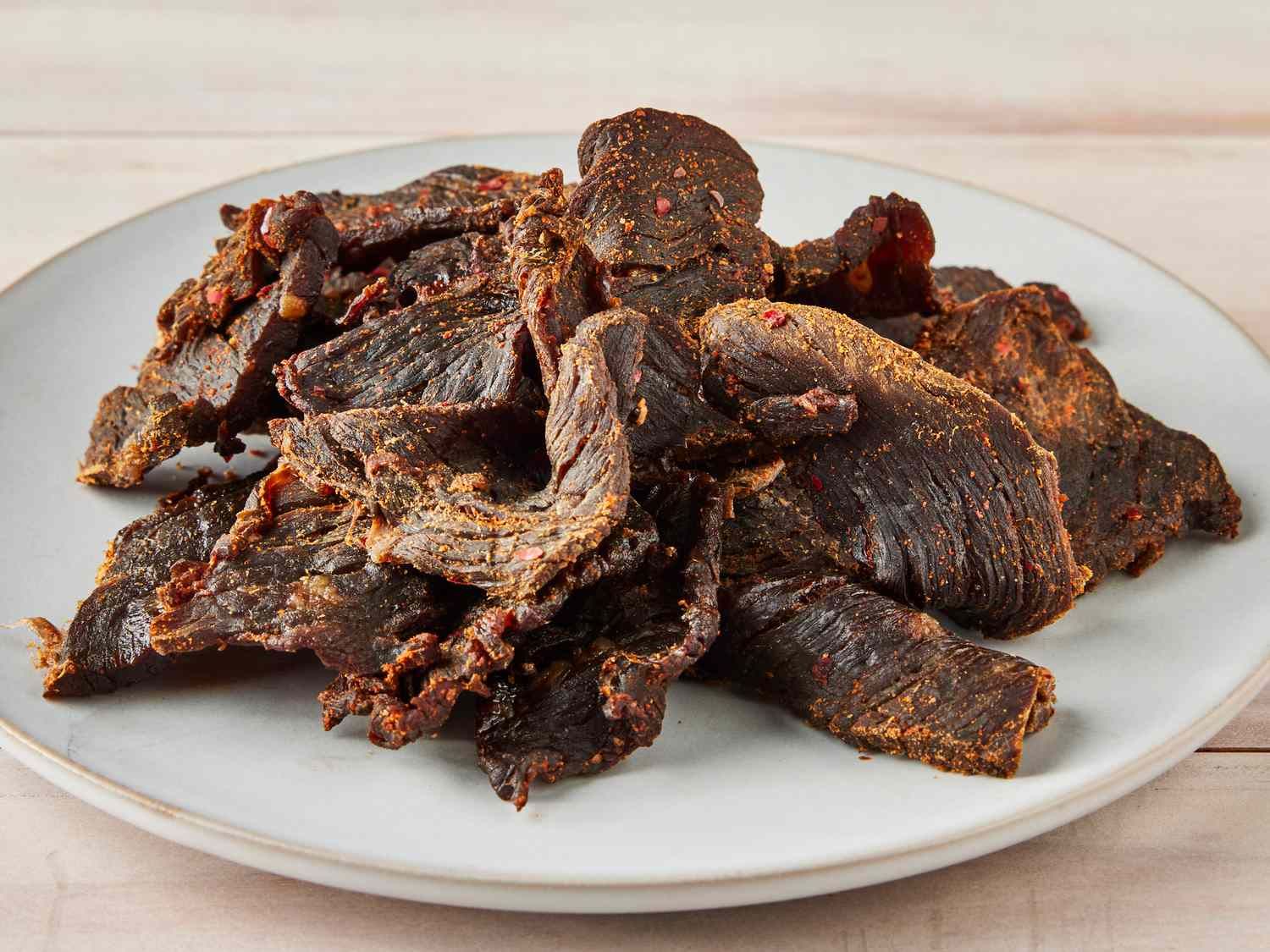
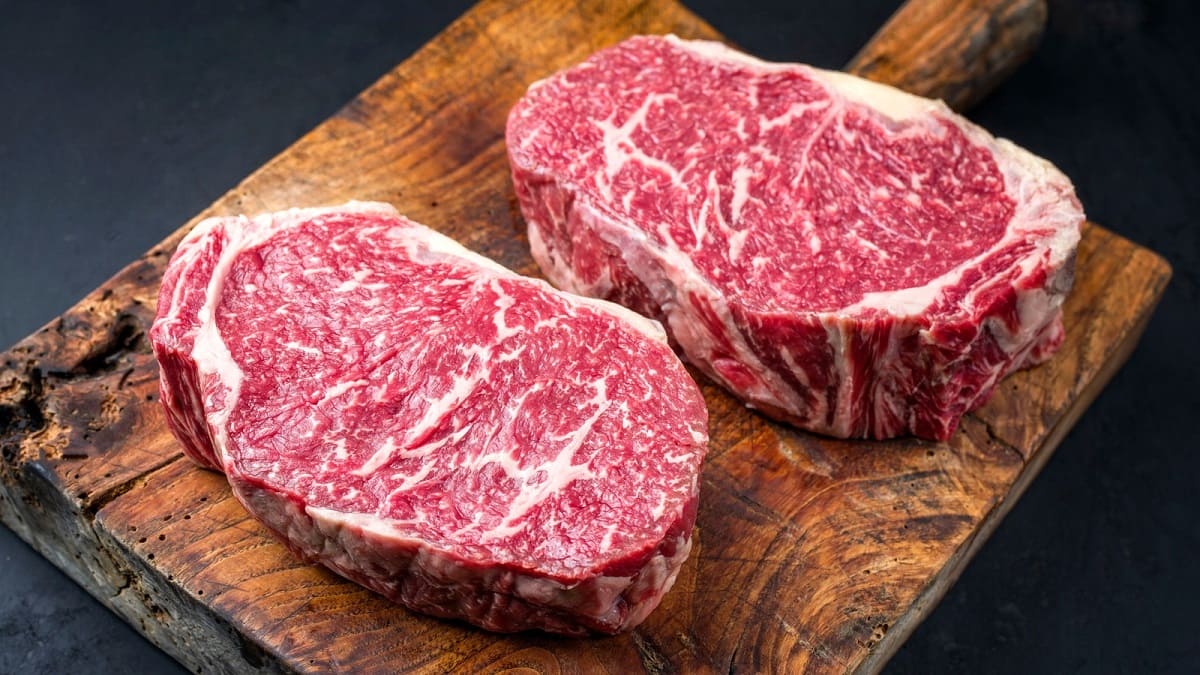
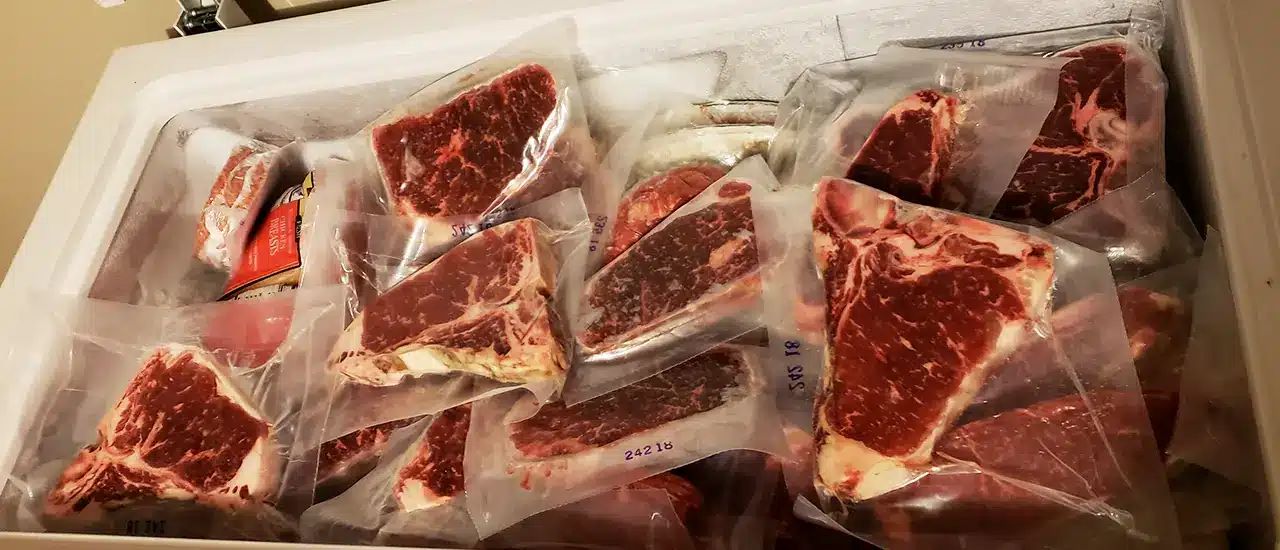

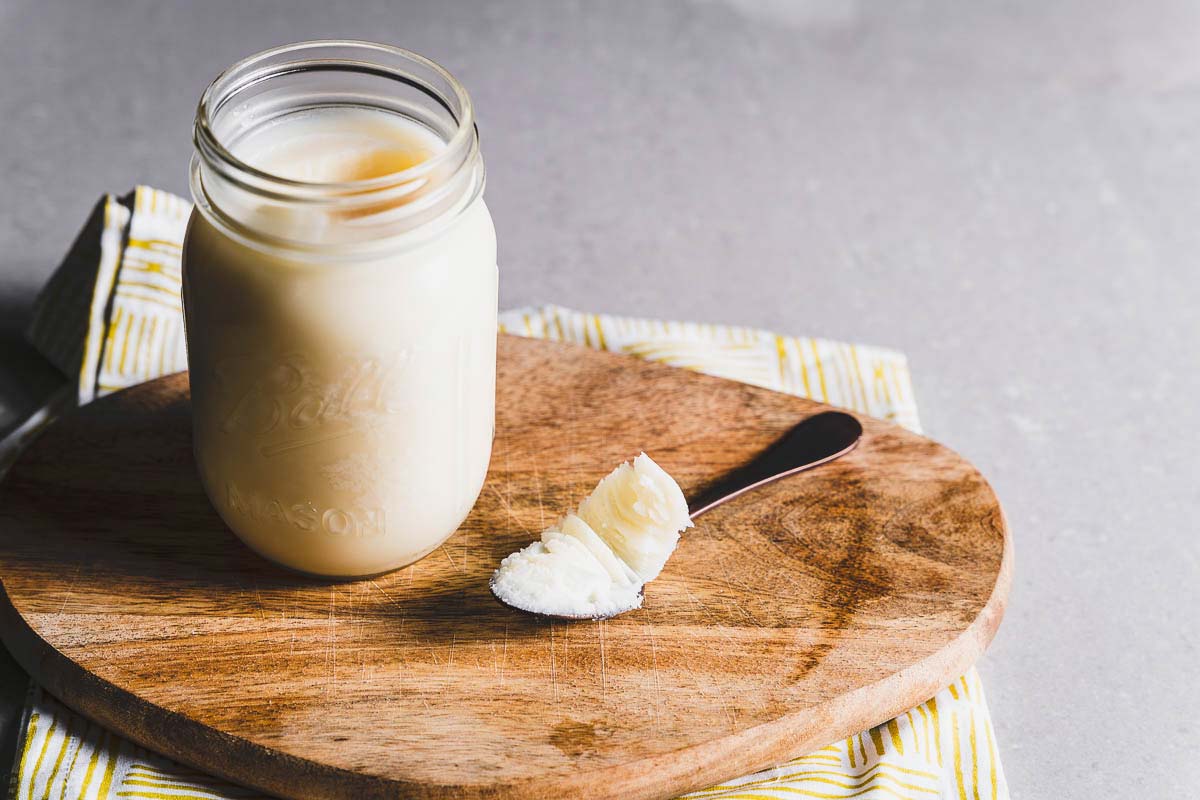
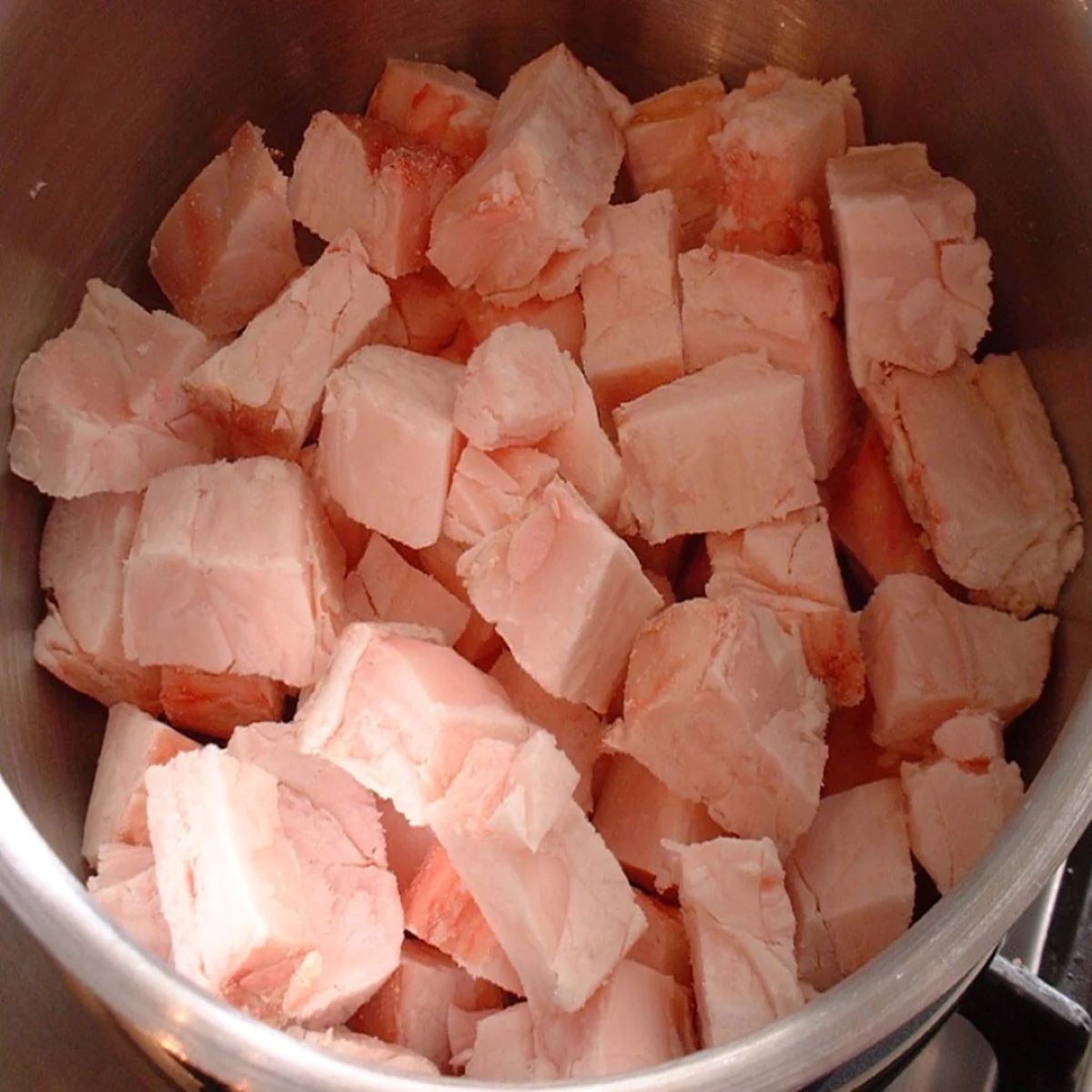
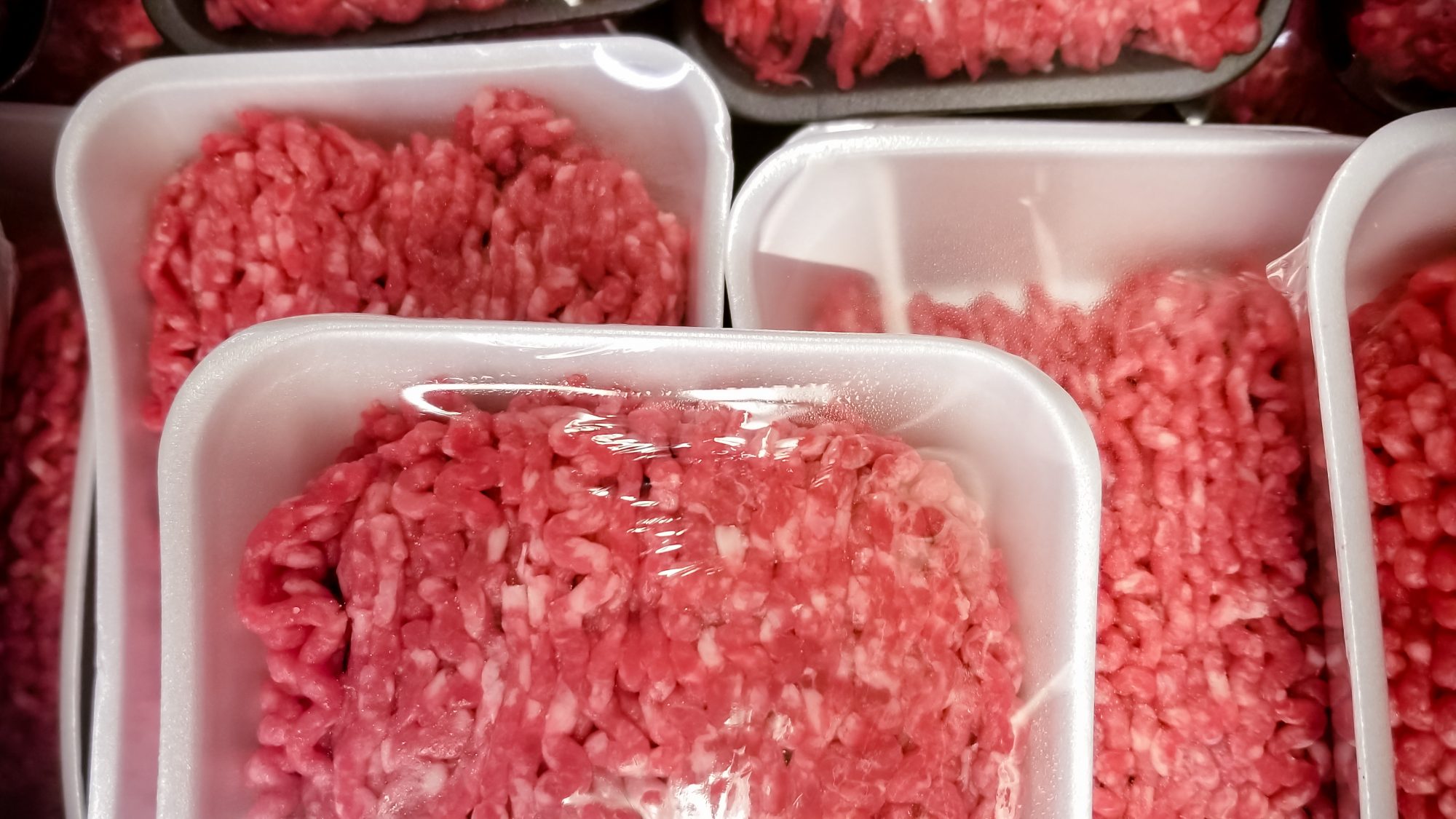
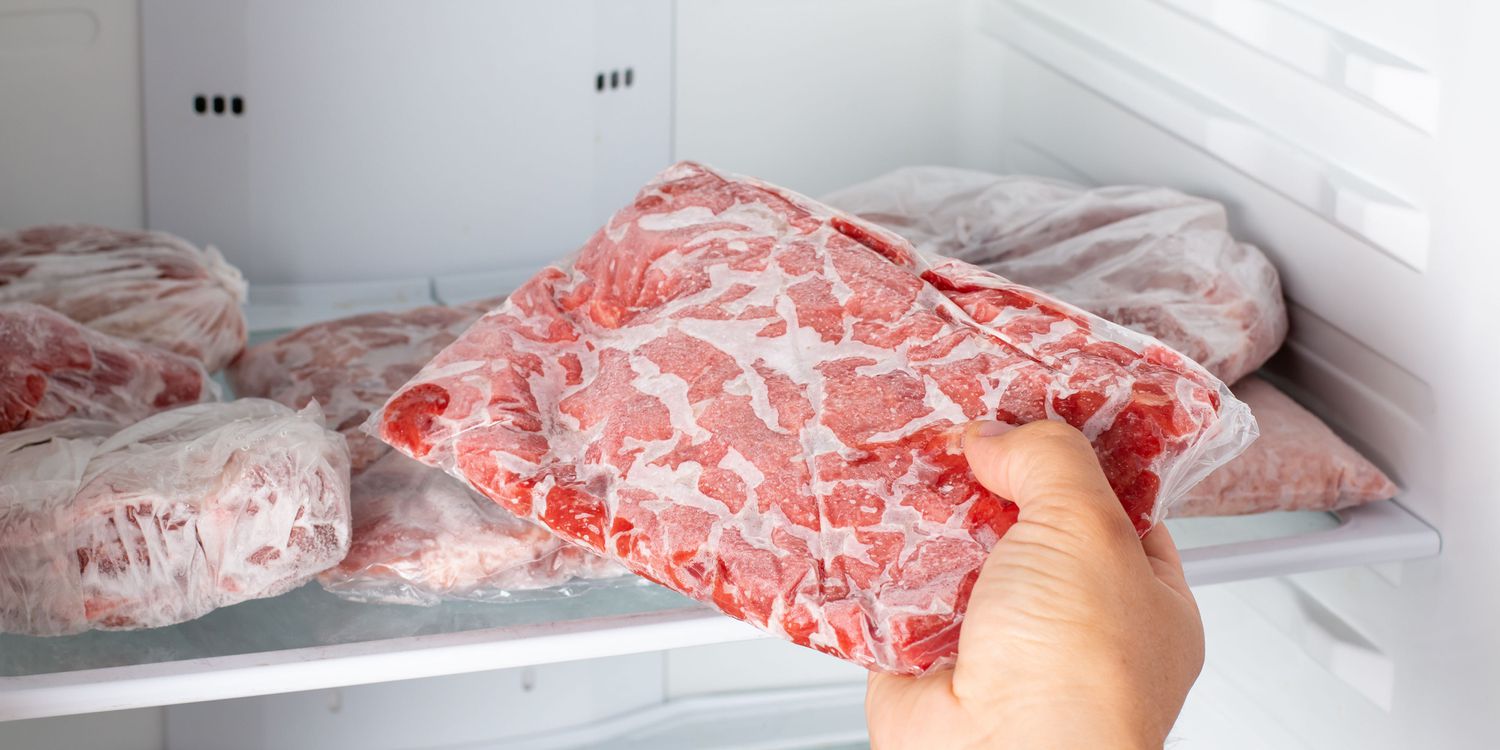
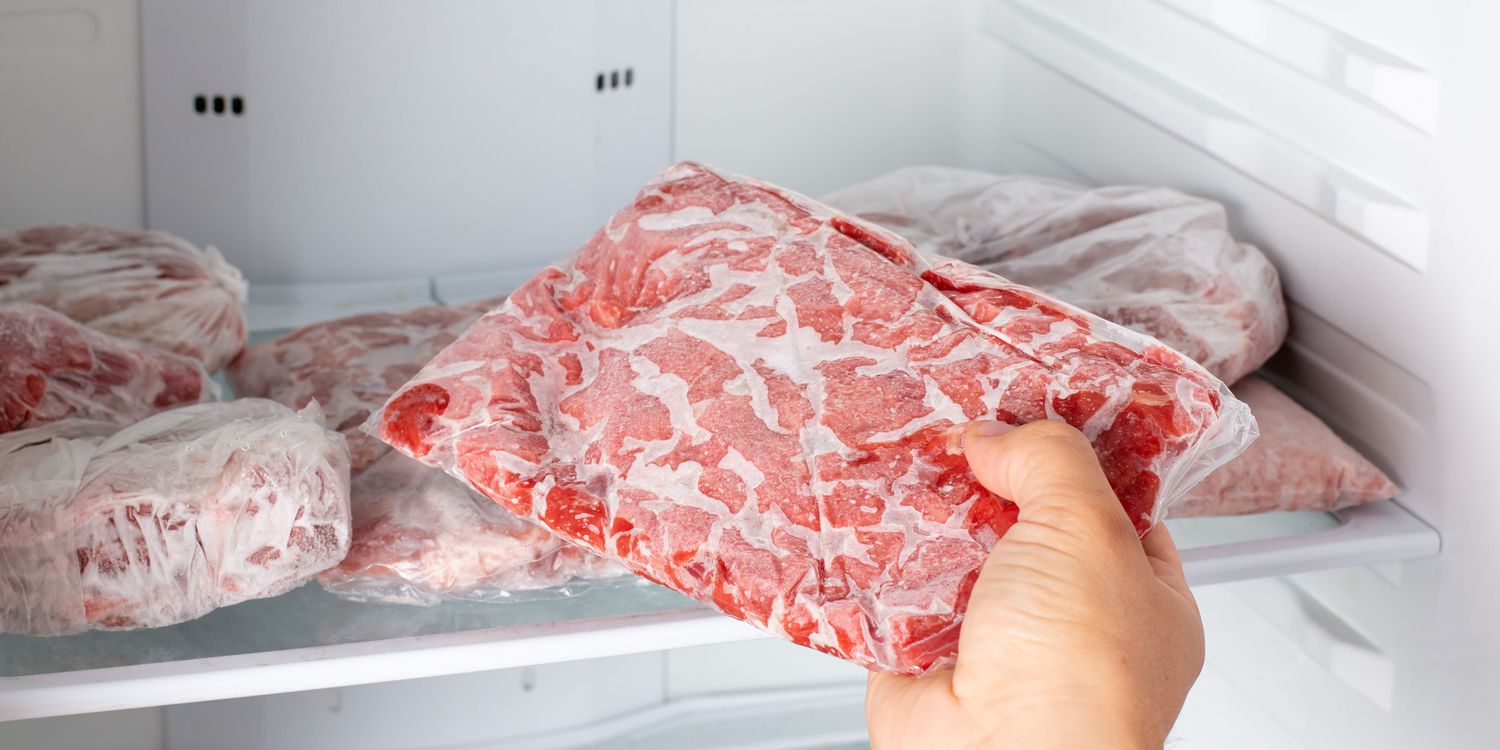
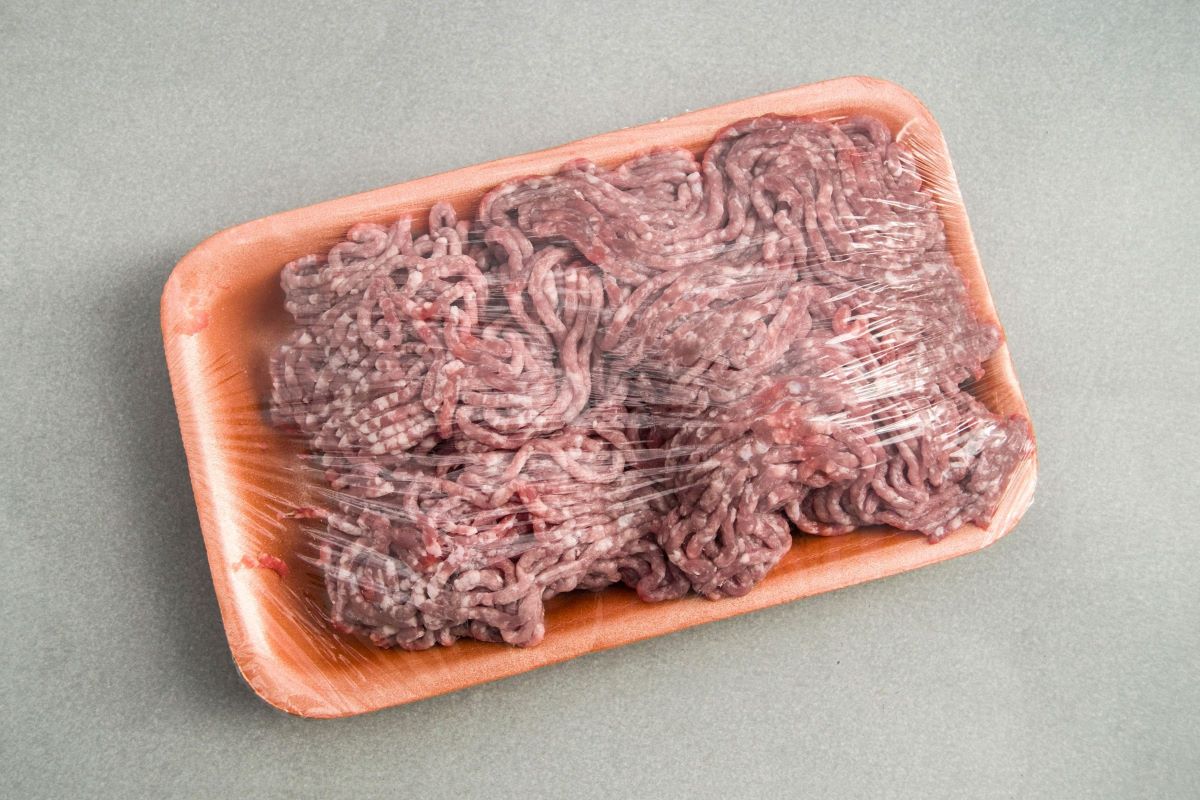
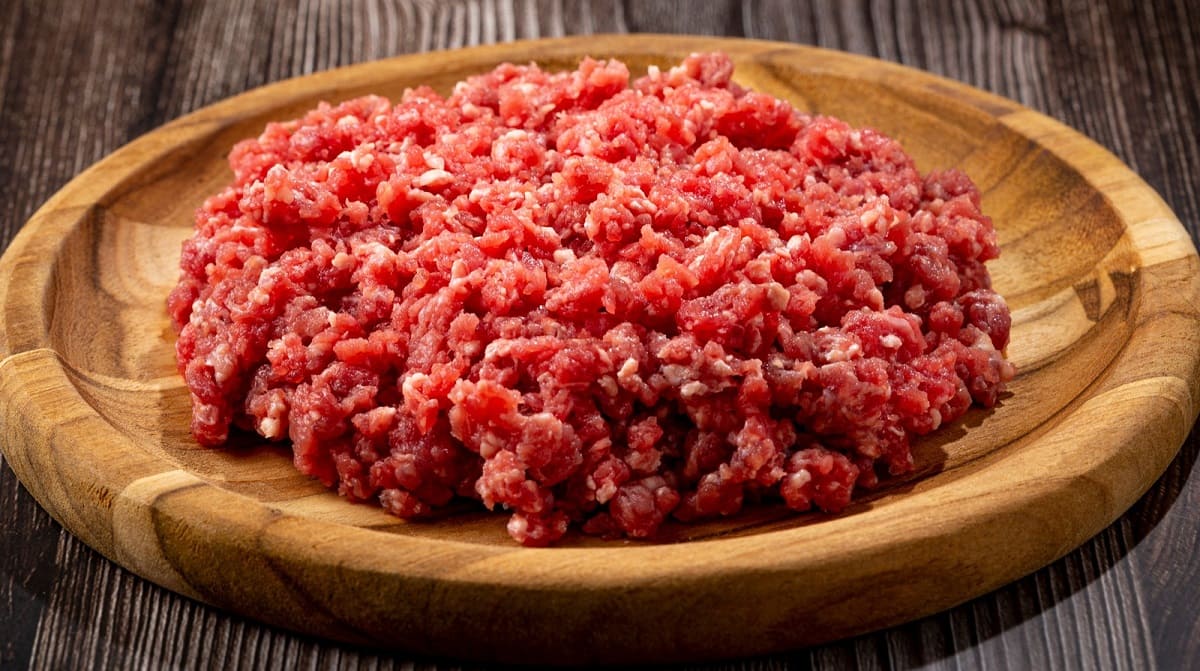
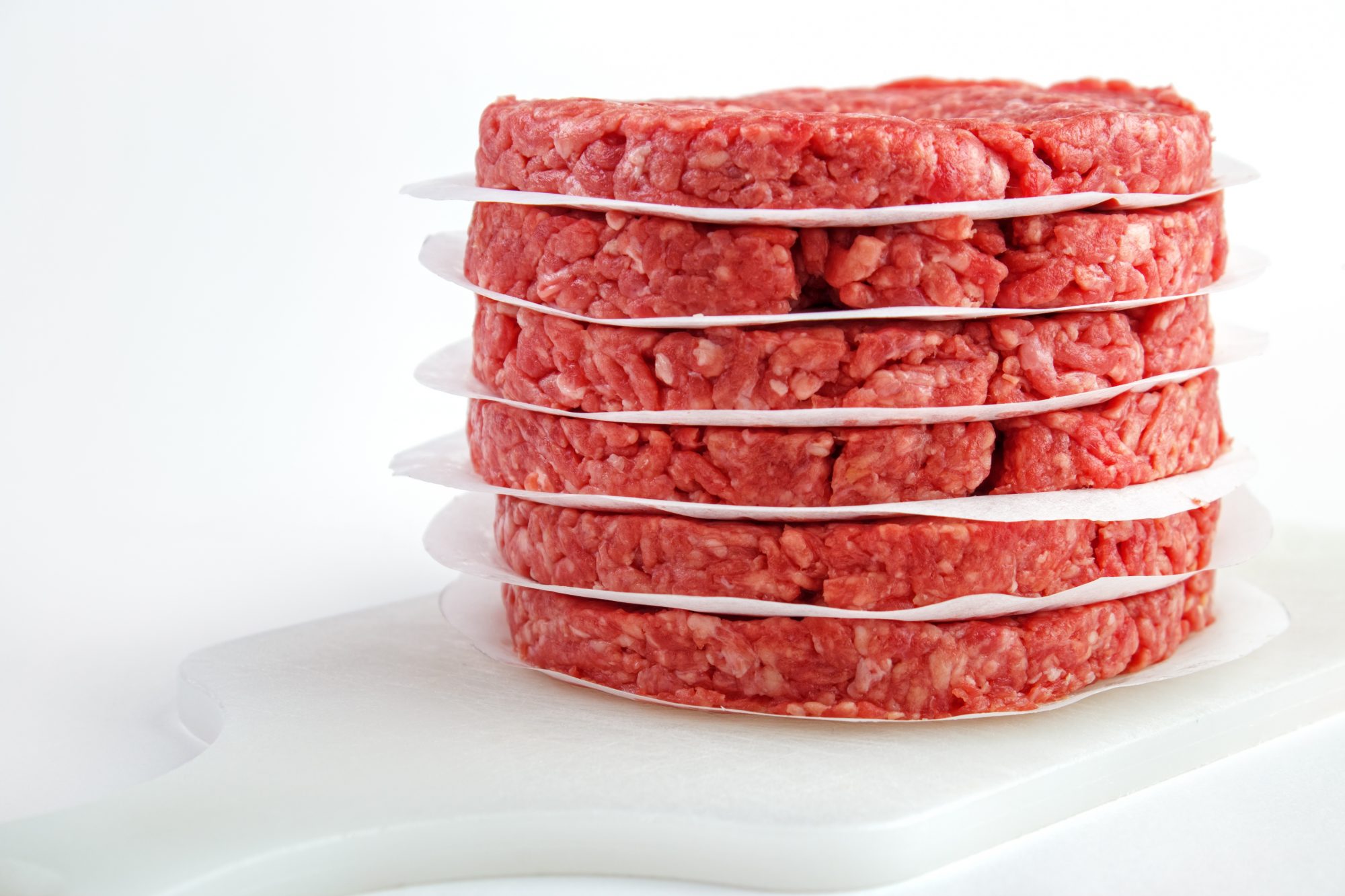
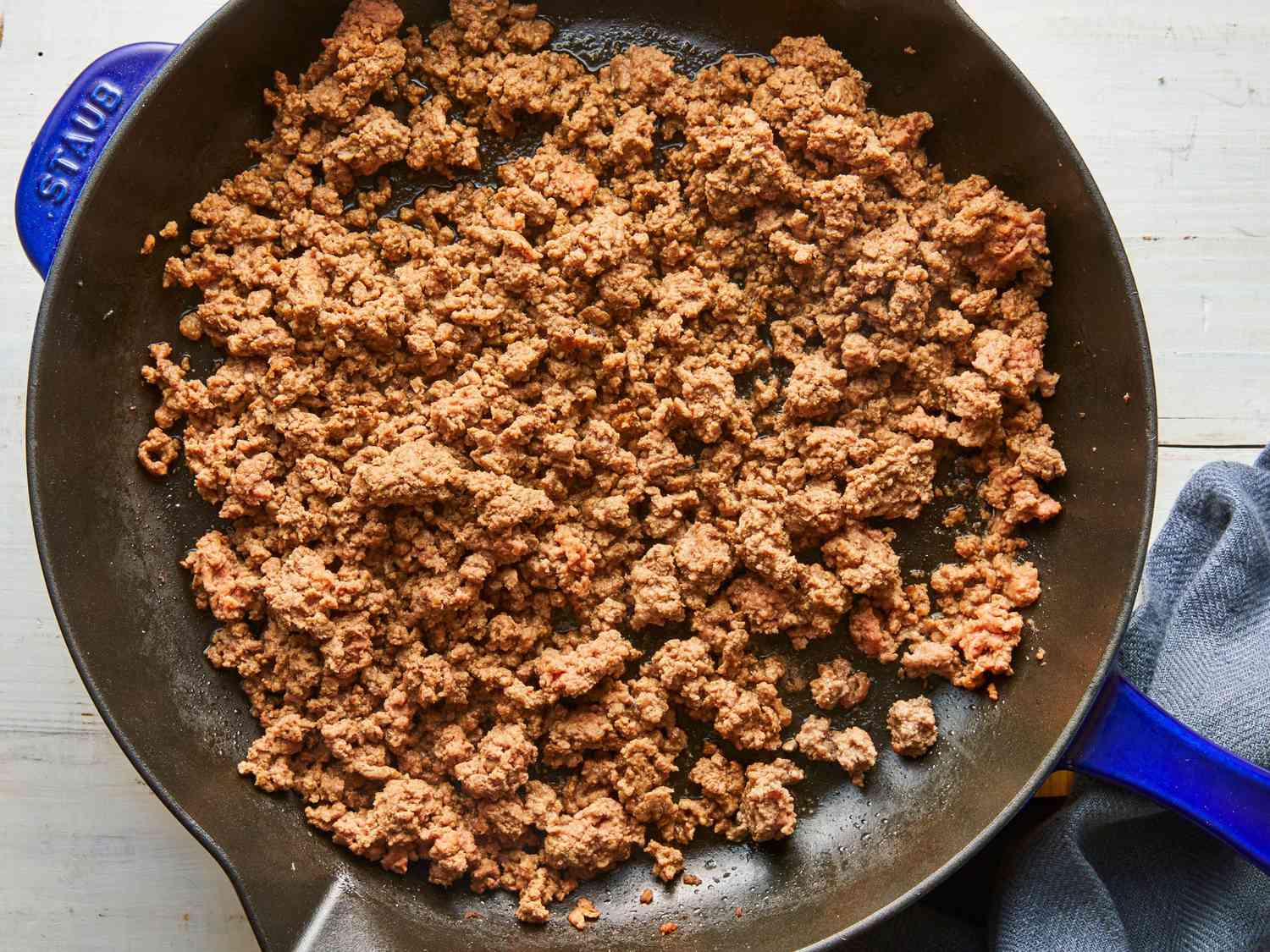
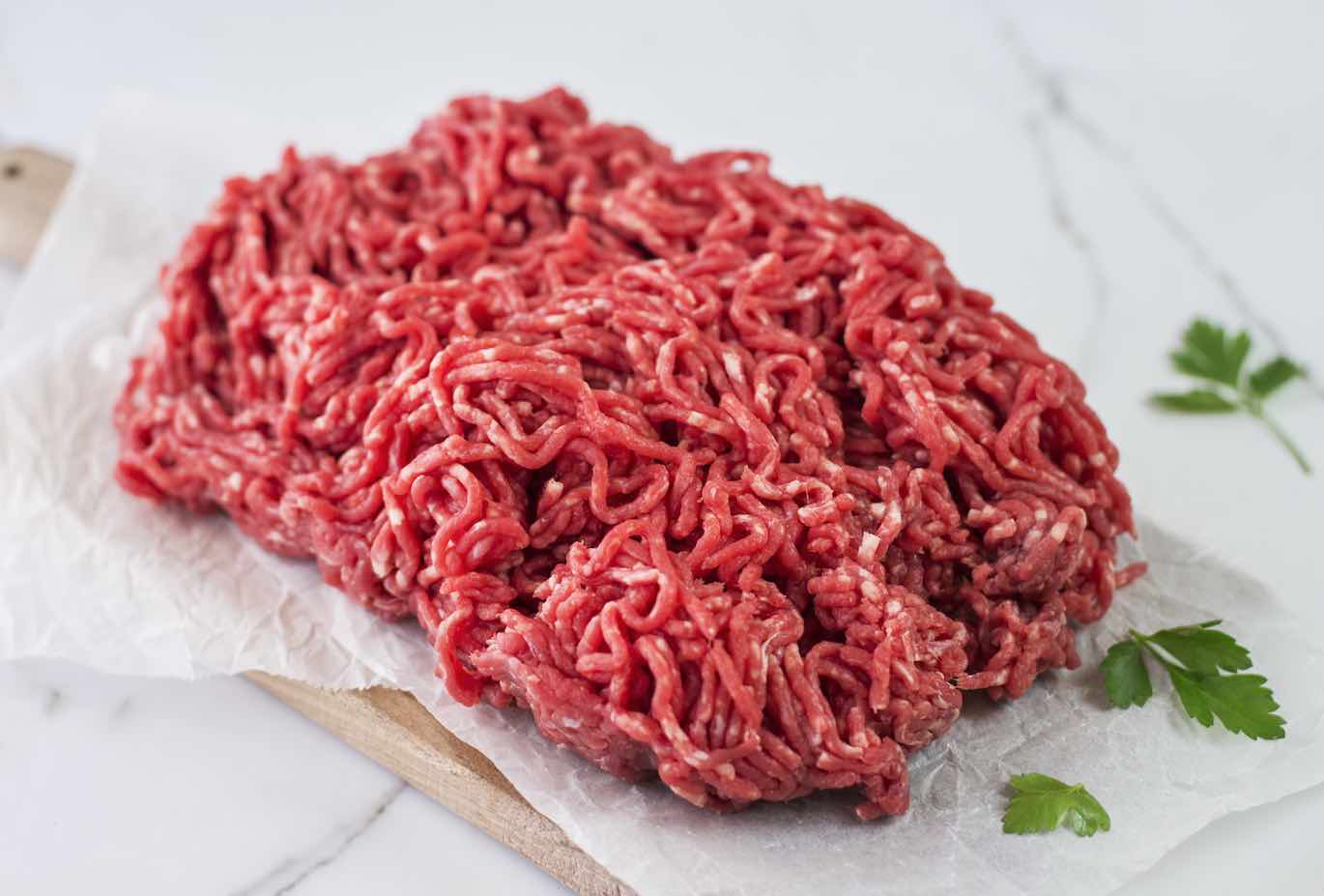

0 thoughts on “How To Store Beef”